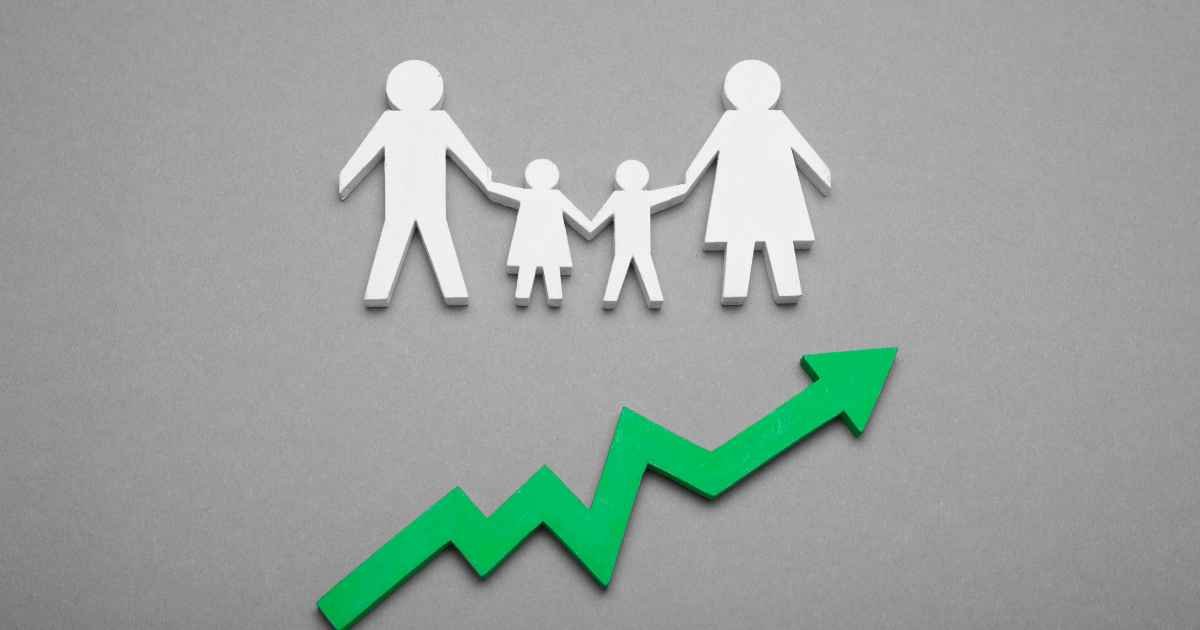Introduction
Imagine a subtle, invisible engine shaping our shared future—every birth, every migration, every demographic shift quietly rewriting the rules of innovation and identity. That’s the power of the world population growth report. Not just dry numbers, but a living pulse driving how we learn, create, and connect.
What if I told you this report is like the tide guiding ships—it might seem distant, but its pull shapes every dock, every harbor, every voyage of human progress.
In this article, you’ll unearth why this report matters, how it influences fields from AI to education, what makes it different from other data tools, and how to approach it with curiosity, clarity, and responsibility.
What Is the “World Population Growth Report”?
The world population growth report can be understood in three ways:
- Real: A formal annual or periodic publication by global agencies (e.g., UN, World Bank) tracking birth rates, death rates, migration, and population trends.
- Speculative/Invention: A conceptual “report” that imagines future scenarios—“What could our world look like at 10bn, 12bn, or 15bn people?”
- Hybrid: A dynamic, living dashboard blending real data with scenario modeling—part-truth, part-foresight.
Whichever lens you view it through, the report is about movement—a narrative of people, places, and tomorrow.
Origin & Philosophical Background
The impulse to track population goes back centuries. Thomas Malthus famously warned of limits to growth. Demography was born as both science and moral inquiry.
By the 20th century, institutions like the United Nations created regular reports, aiming to foster global awareness and planning.
Philosophically, the report embodies a tension: abundance vs. scarcity, individual lives vs. systemic trends, global totals vs. personal meaning. It invites us to see ourselves not only as persons, but as data points shaping—and shaped by—the human story.
Real-World Applications Across Sectors
AI & Technology
Population data powers AI systems—from optimizing urban traffic flows to personalizing educational tools for growing youth populations. It’s like giving a city self-awareness, letting systems adapt in almost real time as communities expand or age.
Society & Policy
When a report predicts youth bulges or aging societies, policymakers adjust infrastructure, healthcare, retirement planning. Think of it like a mirror reflecting our demographic destiny—so leaders can build ahead.
Business & Markets
Companies rely on population trends to decide where to expand. A rising middle class in emerging nations? That’s a green light for consumer goods. Declining birth rates in mature markets? That’s a cue to pivot to elder-care products.
Design & Urban Planning
Architects and planners use the report as a compass. Growing cities need schools, parks, transit. It’s like mapping future footprints and building with tomorrow in mind.
Education
Forecasted population surges shape where schools go, how many teachers we train, what curricula prioritize (e.g. digital vs. vocational).
In each domain, this “report” unlocks foresight—helping imagine a few steps beyond today.
Comparison: Report vs. Protocols & Traditional Models
| Aspect | Population Growth Report | Traditional Models / Protocols |
|---|---|---|
| Nature | Composite narrative + data on births, deaths, migration | Often static models—logistic curves, fixed formulas |
| Flexibility | Dynamic, scenario-driven | Prescriptive, historical–only |
| Audience | Broad: policymakers, technologists, educators, citizens | Mostly experts, researchers |
| Purpose | Insight, planning, innovation | Analysis, record-keeping |
| Scale | Global or region-specific | Often siloed, segmented |
The report is more like a story unfolding, not just a chart reading.
Future Implications: Ethics, Risks & Opportunities
- Ethical concerns: Population data can stigmatize or be misused—e.g., targeting vulnerable groups, fueling xenophobia. We must handle it with care, framing respect and context, not fear.
- Risks: Overemphasis might ignore quality of life. Fast growth without infrastructure is like a river overflowing its banks—flooding lives without nurturing roots.
- Opportunities: Imagine harnessing demographic momentum for education, green energy, human-centred innovation. It’s like planting seeds ahead of time—when people bloom, societies do too.
Best Practices: Designing for Population Insight
- Contextualize Data: Always pair numbers with stories. A youthful population is both innovation potential and demand for schools, jobs, and homes.
- Use Scenario Thinking: Don’t treat projections as certainties—design for multiple futures (optimistic, baseline, disruptive).
- Promote Transparency: Public trust grows when methods are clear. Let people know how estimates are made and what’s uncertain.
- Bridge with Locality: Global numbers matter, but local detail is vital. A city with aging drivers needs different planning than one with youthful entrepreneurs.
- Ethical Safeguards: Never normalize data that dehumanizes. Always center dignity—every data point is a person with a story.
Designing with respect, precision, and foresight turns data into meaningful action.
Conclusion
The world population growth report is more than statistics—it’s a silent tide shaping our cities, careers, innovations, identities. Like reading the pulse of humanity, it tells us where we’ve been and gestures toward where we might go.
In embracing it thoughtfully—with curiosity, context, and care—we transform abstract numbers into systemic insight that enriches both individuals and societies.
FAQ About World Population Growth Report
1. What is a world population growth report?
It’s a document or tool that shares how many people live in different places, and how that number is changing.
2. Why should I care?
Because it affects everything—from school sizes and jobs to smartphones and climate planning. It helps us prepare.
3. Who uses it?
Governments, businesses, architects, teachers, and tech teams all use it to make smarter decisions.
4. Is it always accurate?
Not exactly. It’s based on data and guesses about the future. It’s helpful, but not a crystal ball.
5. What’s the best way to use it?
Use it with stories (not just numbers), think about different futures, and always remember: people matter more than spreadsheets.











